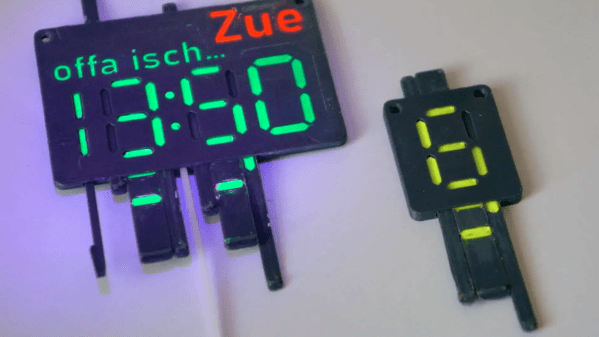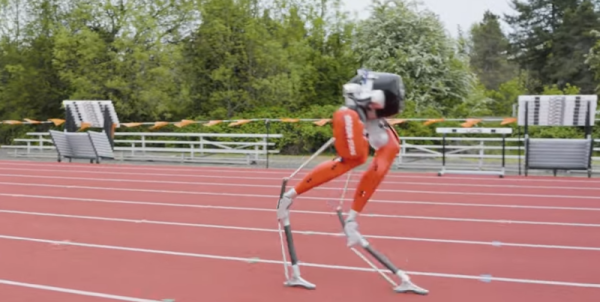Egged on by adoring fans who demanded more aircraft videos, [ProjectAir] has decided to break the world record for rubber band powered aircraft… despite having never built a rubber band powered aircraft. Why rubber band power?
Before little two stroke motors became affordable, and long before electric motors and batteries were remotely possible, there weren’t a lot of options for powering your model aircraft. One technology that really took off was that of rubber band power. By winding a rubber band, it could store enough energy to turn a propeller for a short duration. With a 10 foot model taking the current world record, as you can see in the video below the break [ProjectAir] decided to see if he could beat it.

Starting with a successful free flight aircraft made of foam board, [ProjectAir] simply scaled it up to an eleven foot wing- one foot larger than the ten foot world record holder. Since there were now eight rubber band motors, a mechanism was created to release the propellers in sync, but this was problematic. Eventually a slightly heavy but solid solution was found.
[ProjectAir] did more testing, more problem solving, and through rapid iterations, he eventually was able to have a successful flight under radio control. His personal goal of a 12 second flight was exceeded, and then Guinness called! They’re interested in certifying his attempt as long as his plane can fly for at least 30 seconds- almost double his current ability. What will he do? Check the video, too, for [ProjectAir]’s challenge to the community to join him in trying to beat the world record. Sounds like fun!
Aside from powering world record attempting radio controlled aircraft, did you know that you can build a rubber band powered refrigerator? It’s true!
Continue reading “Rubber Band Behemoth Winds Its Way Toward World Record”


















